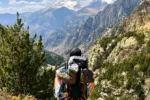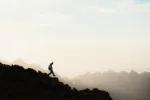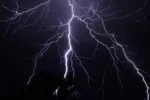How to use a signal mirror
This post may contain affiliate links. This means that we may receive a small commission from purchases through those links. Read more in our affiliate disclosure.
Getting lost in the wild is a hiker’s nightmare. But what if you had a simple tool that could turn your situation around? On a sunny day (or even under the full moon), a signal mirror can ensure your safety.
Aiming using a sighting hole (if your mirror has one) or your outstretched hand with fingers forming a V, you can angle the sunslight’s reflection at potential rescuers to indicate your position and call for help.
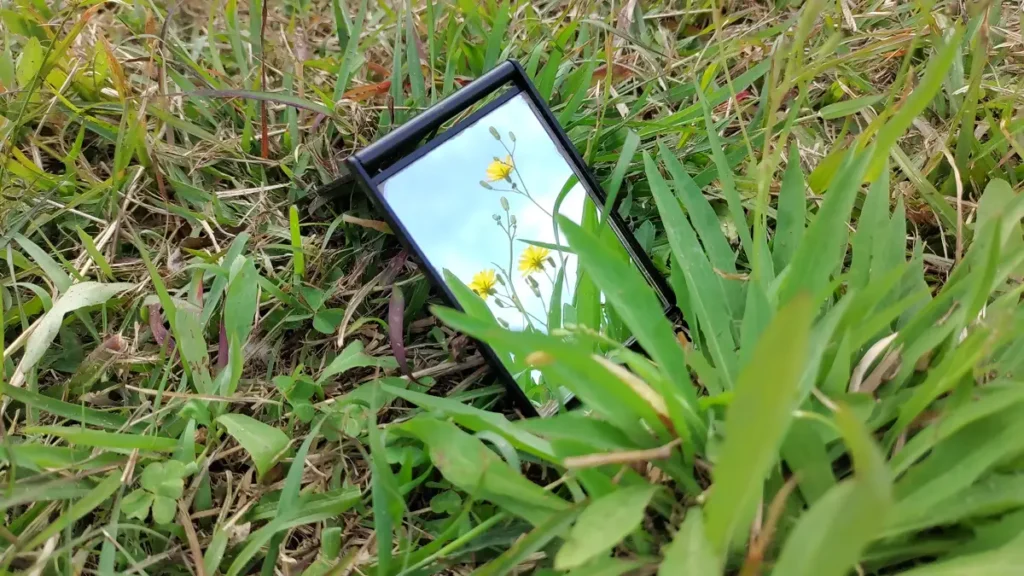
- Introduction
- What is a Signal Mirror?
- How to Use a Signal Mirror
- How to use Codes with Mirror Flashes
- How to Buy a Signal Mirror
- How to Improvise a Signal Mirror
- FAQ
- How Far Can You See a Signal Mirror?
- How Effective Are Signal Mirrors?
- Can You Use a Signaling Mirror at Night?
- Can Any Mirror Be a Signal Mirror?
- Where Did Signal Mirrors Originate?
- Conclusion
What is a Signal Mirror?
A signal mirror is a critical survival tool, often underestimated yet powerful in its simplicity. Essentially, it’s a device used for signaling, where the primary function is to reflect sunlight to attract attention, particularly in emergency situations. Unlike standard mirrors, signal mirrors are designed for maximum visibility over long distances. They’re typically made of highly reflective material, often incorporated with sighting mechanisms to aid in aiming the reflected light beam accurately.
The effectiveness of a signal mirror hinges on its visibility range and the precision of its signaling capability. The concept is straightforward: by reflecting sunlight, you create a bright, flashing signal that can be seen from afar, significantly farther than any shout or whistle could reach. This makes them invaluable for hikers, sailors, and anyone who might need to signal for help in remote locations.
How to Use a Signal Mirror
Using a signal mirror effectively requires a bit of technique and practice. The goal is to catch the attention of rescuers or passersby by reflecting a beam of light towards them. Here’s a step-by-step guide to mastering this vital survival skill.
Step 1: Position Yourself Properly
To begin, find a location with clear visibility and direct sunlight. Your signal’s effectiveness drastically increases if there are no obstructions like trees or buildings. Make sure you have a wide view of the sky and potential rescue sources like aircraft or distant hikers.
Step 2: Hold the Mirror Correctly
Grasp the signal mirror in your hand firmly, holding it by the edges so as to not obstruct the reflective surface. If your mirror has a sighting hole, you’ll use this to aim. If not, you can still signal effectively by following these steps. The key is to hold the mirror close to your face as this will increase your accuracy when aiming the light.
Step 3: Reflect the Sun’s Rays
The way you reflect the sun’s rays differs based on whether your signal mirror has a sighting hole.
- With a Sighting Hole: Position the mirror so that you can see the sun through the sighting hole. You’ll notice a bright light spot (this is the reflected sunlight) on the mirror’s surface. This bright spot is key to aiming your signal accurately.
- Without a Sighting Hole: If your mirror doesn’t have a sighting hole, hold it close to your face and angle it towards the sun. You’ll need to catch the sun’s rays on the mirror’s surface, creating a bright reflection. It might take a bit of maneuvering to find the right angle where the mirror catches the sunlight. You can use your other hand to test where the reflected sunlight is going.
Step 4: Aim the Signal
The method of aiming your signal varies based on the type of mirror you’re using.
- Using a Mirror with a Sighting Hole: Look through the sighting hole and aim the bright light spot (reflected sunlight) towards your target. The sighting hole helps you direct the light with precision. Move the mirror slightly until the light spot is directly over your target, ensuring that the signal is as visible as possible to potential rescuers.
- Using a Mirror without a Sighting Hole: For mirrors without a sighting hole, you can use the “V-Sight” method for aiming. Extend your other hand away from your body and make a V-shape with your fingers. Position your target (like a plane or a distant ship) between your fingers. Then, move the mirror until the light spot (the reflection of the sun) illuminates your fingers and the target. This method is a bit more challenging than using a sighting hole, but with practice, it can be quite effective.
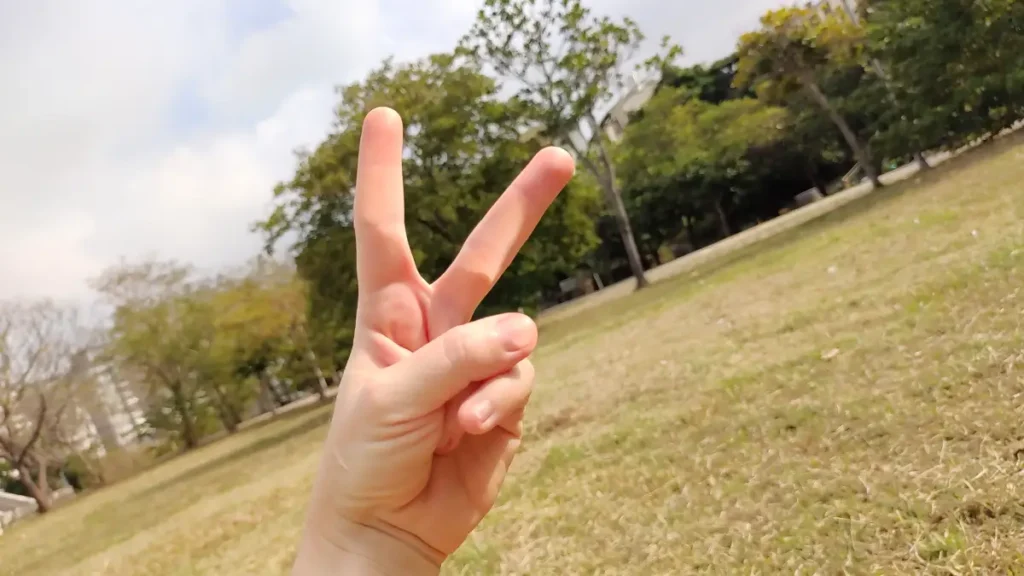
In both cases, aim to keep the light spot as steady as possible on the target. This might require constant slight adjustments, especially if you’re signaling to a moving target like an aircraft.
Step 5: Sweep the Horizon
If you don’t have a specific target, or if you’re unsure where help might come from, sweep the horizon with your signal. Move the light spot slowly across the landscape in a sweeping motion. This increases your chances of catching someone’s attention.
Step 6: Be Persistent and Patient
Signaling with a mirror can sometimes be a waiting game. Continue to send signals at intervals, especially if you spot potential rescuers in the distance. Persistence is key. Your signal might not be noticed immediately, but continuous efforts can pay off.
Step 7: Practice Makes Perfect
Lastly, practice this skill before you actually need it. Familiarity with your signal mirror and honing your aiming technique can make a huge difference in an emergency.
How to use Codes with Mirror Flashes
Communicating specific messages with a signal mirror can significantly enhance its effectiveness, especially in situations where precise communication is needed. Just like Morse code uses dots and dashes, mirror flashes can be used to convey simple yet vital messages. Here’s how to use coded mirror flashes effectively:
- Standard Codes: The most universally recognized signal is the SOS distress signal, represented in Morse code as three short signals, three long signals, and three short signals again. In terms of mirror flashes, this translates to three quick flashes, three longer flashes, and then three quick flashes again. Alternatively, you could use the international whistle code singal for help: 3 three-second flashes.
- Create Short and Long Flashes: To differentiate between short and long flashes, control the duration the mirror reflects sunlight towards the target. A short flash is like a quick flick of light, while a long flash should last a few seconds.
- Practice Timing and Rhythm: Consistency in the timing of your flashes is key. Practice creating a steady rhythm that can be easily recognized. The SOS pattern, because of its distinct rhythm, is likely to be recognized by those familiar with distress signals.
- Keep Messages Simple: While complex messages can be created using Morse code, in a survival situation, it’s best to keep messages simple. The goal is to attract attention and convey a need for help, rather than detailed communication.
- Use Intervals Between Series: After completing a series of flashes (like an SOS), pause for a few seconds before repeating the sequence. This pause helps the observer recognize the pattern as a deliberate signal rather than random reflections.
- Be Aware of Your Target Audience: Remember that not everyone is versed in Morse code or may recognize coded mirror flashes. Therefore, while SOS is a globally recognized distress signal, continuous flashing is also effective for signaling distress in general.
- Alternative Codes: In some cases, prearranged signals can be used, especially if you’re signaling to a party that knows to expect specific coded messages from you. These can be as simple as one flash for “yes” and two for “no.”
How to Buy a Signal Mirror
Choosing the right signal mirror is crucial for effective emergency signaling. Specialized signal mirrors are designed specifically for survival and emergency situations. They often come with features that enhance their visibility and ease of use. Here’s what sets them apart:
- Material Quality: Signal mirrors are typically made from durable materials like acrylic or glass. Acrylic mirrors are lighter and shatter-resistant, making them ideal for rugged outdoor activities. Glass mirrors, on the other hand, are more reflective but can break more easily.
- Size and Portability: A good signal mirror strikes a balance between size and portability. Larger mirrors are more visible from a distance but can be cumbersome to carry. Compact mirrors are easy to pack but have a shorter range. Consider your needs and choose a size that offers the best of both worlds.
- Reflectivity: The more reflective the surface, the more effective the signal. High-quality mirrors have a reflective coating that maximizes brightness and visibility.
- Sighting Mechanism: Many specialized signal mirrors come with built-in sighting devices. These can be a hole in the middle of the mirror or a notch on the edge, aiding in aiming the reflected light accurately.
- Durability and Additional Features: Look for mirrors that can withstand outdoor conditions. Some come with protective cases or are integrated into other survival tools. Additional features like lanyards or flotation capabilities are also beneficial.
When deciding whether to invest in a specialized signal mirror, consider your activity level and the likelihood of finding yourself in an emergency situation. For casual hikers or those staying within well-traveled areas, a basic model (or even a cheap, hand-held makeup mirror) may suffice. However, for adventurers venturing into remote or challenging environments, a specialized signal mirror with enhanced features is a wise investment.
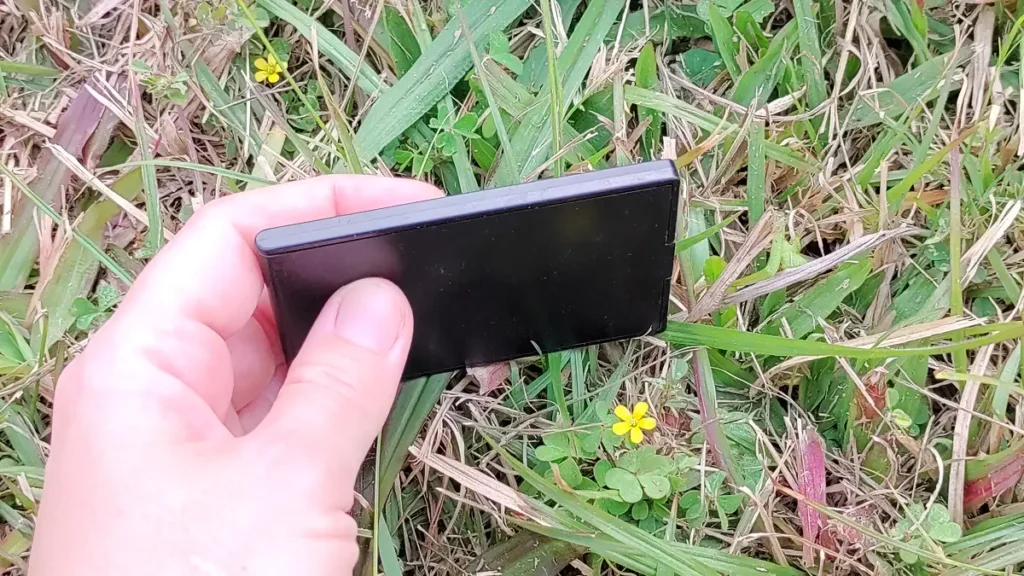
How to Improvise a Signal Mirror
If you find yourself lost on your hike without a specialized signal mirror, various everyday items can be transformed into effective makeshift signal mirrors. Here are some common items that can be repurposed for signaling:
- Emergency Blanket: An emergency blanket should be part of the safety items in your backpack anyway, and is highly reflective. The shiny side of an emergency blanket can be used to catch sunlight and create a visible signal. For better control, stretch a portion of the blanket over a flat surface to create a makeshift mirror.
- Compact or Make-Up Mirror: While smaller than specialized signal mirrors, compact mirrors found in make-up kits can be quite effective. Their reflective surfaces are usually quite good, and they can be aimed similarly to signal mirrors.
- Watch Face: A polished watch face, especially those of analog and larger fitness watches, can be used as an improvised signal device. The reflective glass can catch sunlight and be directed towards a target, though its smaller surface area means the signal will be less visible at long distances.
- Smartphone Screen: The screen of a smartphone, especially when turned off and used under direct sunlight, can act as a reflective surface. While not as effective as a real mirror, it can still be used in an emergency. You might also find that your smartphone case is quite reflective, depending on the model.
- Polished Metal Objects: Items like a stainless steel water bottle, a polished knife blade, or even the metallic back of some gadgets can serve as impromptu signal mirrors. Their effectiveness varies based on how well they reflect light.
FAQ
How Far Can You See a Signal Mirror?
The visibility range of a signal mirror largely depends on weather conditions, the size of the mirror, and the skill of the user. On a clear day, a standard-sized signal mirror (around 2 to 3 inches in diameter) can be seen from up to 10 miles away, and sometimes even further if conditions are ideal. Larger mirrors can increase this range, but the key factor is the intensity of the sunlight and the lack of obstructions like clouds or landscape features.
How Effective Are Signal Mirrors?
Signal mirrors are incredibly effective in the right conditions. They are most efficient on sunny days when the sun can be used to create a bright, flashing signal. The effectiveness decreases in overcast or foggy conditions. However, even then, they can be more effective than other manual signaling methods like shouting or waving. The key advantage of a signal mirror is its ability to create a visible alert from a long distance, far beyond what can be achieved with sound or hand signals.
Can You Use a Signaling Mirror at Night?
When there is a full moon, signal mirrors can still be used to reflect its light to potential rescuers. However, if you have an artificial light source like a headlamp or your smartphone’s LED, you might be better off using these to signal, as they will be far brighter.
Can Any Mirror Be a Signal Mirror?
While specialized signal mirrors are designed for optimal visibility and durability, in an emergency, almost any reflective surface can be used as an improvised signal mirror. Compact mirrors, pieces of glass, or even shiny metal objects can serve this purpose. The key factors are the reflectiveness of the surface and the user’s ability to aim the reflection accurately.
Where Did Signal Mirrors Originate?
Signal mirrors have a long history in human communication and survival. Historically, polished stones, metals, and other reflective materials were used for signaling in various cultures. The modern signal mirror, as we know it, became prominent in military use during the 20th century, particularly in World War II, where they were a standard part of a soldier’s survival kit. They were used to signal aircraft or distant ships, becoming an essential tool in rescue and survival situations.
Conclusion
A signal mirror is a vital tool in emergency signaling, capable of attracting attention over long distances. Using an aiming hole or your fingers held in a V shape, you can redirect sunlight at potential rescuers, producing bright flashes. In a pinch, you can improvise a signal mirror using everyday items like emergency blankets, compact mirrors, watch faces, or even smartphone screens. These improvised methods, while not as effective as specialized mirrors, still follow the same principles of capturing and directing light. Whether you’re a hiker, sailor, or outdoor enthusiast, mastering the use of both specialized and improvised signal mirrors enhances your preparedness and safety in the wilderness.

